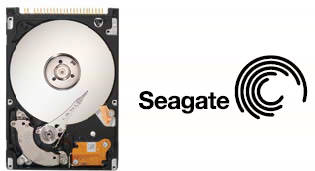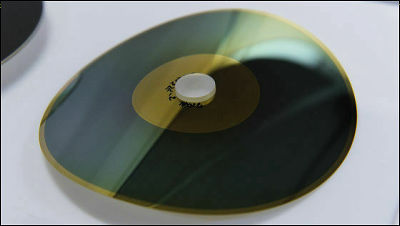Huawei is developing 'SSD and magnetic tape hybrid storage' for faster, cheaper, and longer storage

Huawei is developing a hybrid storage called Magneto-electric Disk (MED) that incorporates SSD and magnetic tape. The first version of MED is scheduled to appear in 2025.
Huawei developing SSD-tape hybrid amid US tech restrictions – Blocks and Files
Huawei develops massive 72TB SSD-tape hybrid storage device — first-gen MED drive targets warm and cold storage | Tom's Hardware
https://www.tomshardware.com/pc-components/storage/huawei-develops-ssd-tape-hybrid-storage-device-for-warm-and-cold-storage-first-gen-med-drive-holds-up-to-72tb
When we hear the word magnetic tape, we tend to think of older storage media such as cassette tapes and video tapes, but in situations where long-term data storage is required, magnetic tape cartridges that are large-capacity and can be stored for long periods of time, called ' LTO tape ,' are still in use. However, since LTO tape is manufactured by companies such as IBM and Fujifilm, it could be difficult to obtain LTO tape in China, which is subject to export restrictions from the United States.
Therefore, Huawei developed MED as a long-term storage medium that is not dependent on countries such as the United States. Below is a slide from Huawei announcing MED. MED appears to be a rectangular prism-shaped medium.

Inside are the SSD's NAND flash memory and SSD controller, the tape controller, two tape reels, and a tape reading head. With LTO tapes, the tape is pulled out of the cartridge to read the data, but with MED, the reading is completed inside the storage unit.

MED has a faster write speed than LTO tape because the data is saved to the SSD and then transferred to tape. Also, information stored in the SSD can be read quickly. On the other hand, when reading data from the tape, it is necessary to wind the tape up to the area where the data is saved, which can cause a wait time of up to 2 minutes.
The first generation of MED is scheduled to be released in 2025, and will have a capacity of 72TB per unit, which will be 20% cheaper than LTO tape of the same capacity. In addition, the storage capacity of the entire rack will reach 10PB, the transfer speed will be 8GB per second, and the power consumption will be less than 2kW.
In addition, the second generation MED is scheduled to be released between 2026 and 2027.
Related Posts:
in Hardware, Posted by log1o_hf







